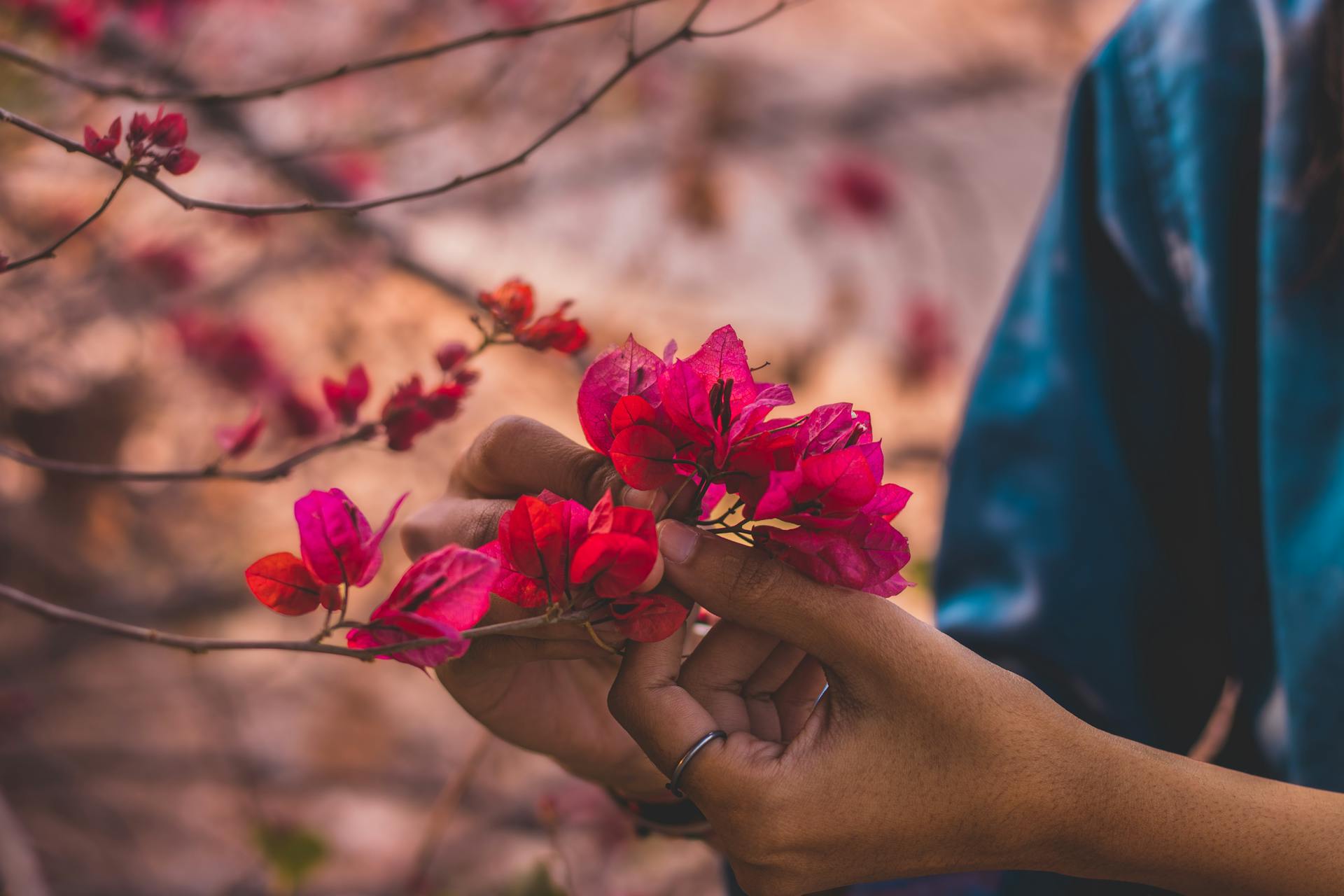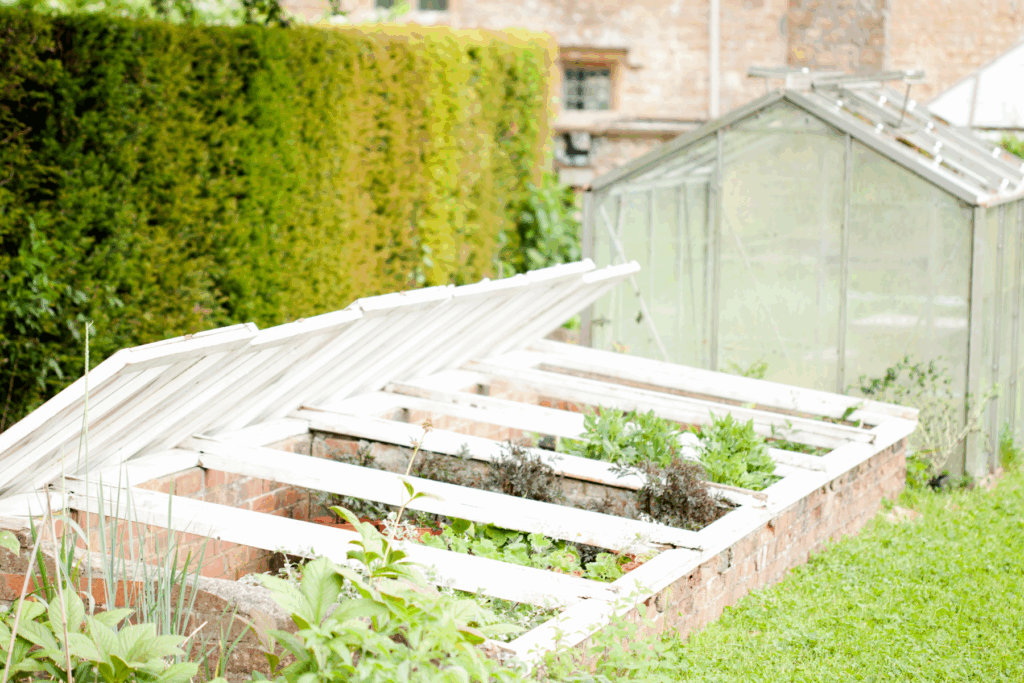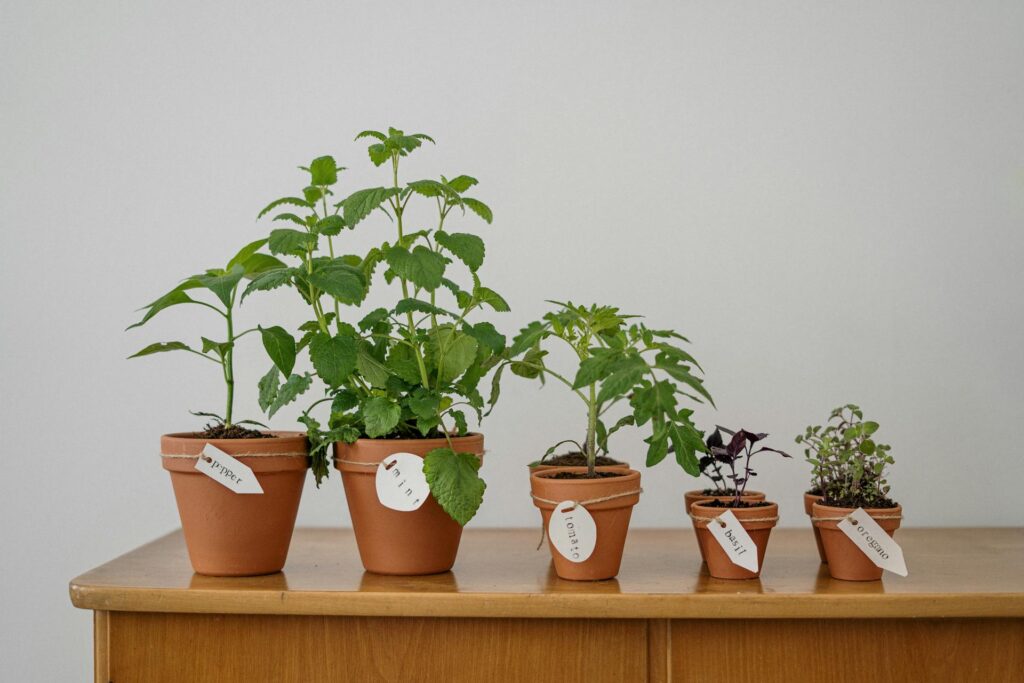You come out into the fresh air after a long, stressful day, and immediately your shoulders sag as the fragrance of lavender wafts up to you. The soft fluttering of ornamental grasses blends with the delicate feel of lamb’s ear under your fingers, and bright flowers attract your gaze and your mood.
This is not just a beautiful garden, it’s a carefully designed sensory experience that actively serves to promote relaxation and happiness. Creating your own sensory garden involves knowingly involving all five senses in an effort to cultivate a therapeutic outdoor retreat right in your very own yard.
Why Sensory Gardens Work for Stress Relief
Sensory gardens tap into our natural preference for the outdoors and provide exacting therapeutic benefits. When more than one sense is delicately stimulated at the same time, it creates what psychologists call a “grounding” effect that leads us away from anxious thinking and back into the here and now.
Studies have shown that some odors lower cortisol, some hues lower blood pressure, and nature sounds mask urban noise and promote relaxation. By thoughtfully combining these elements, you’re creating a natural stress reduction system that functions each time you step into your garden.
Scent: Your Most Powerful Relaxation Tool
Smell is perhaps the most obvious way in which plants affect our mood. Lavender is the relaxation plant supreme; its essential oils have been scientifically shown to reduce anxiety and enhance sleep. Plant it on walkways where you’ll pass through it, and its calming aroma will be released.
Jasmine blooms at sunset, filling your garden with a seductive fragrance ideal for unwinding after work. Rosemary and thyme, offering year-round fragrance, give off their aroma upon touch and are waiting to be picked for cooking.
Don’t forget the seasonal scents – honeysuckle in summer, autumn sweet clematis in autumn, and witch hazel’s low-maintenance winter blooms ensure your sensory garden offers aromatherapy all year round.
Read More: How to Design a Low-Maintenance Garden
Color Psychology in Plant Selection
Colors have a profound effect on our mood, so choose your plant colors intentionally. Cool colors like pale blues, purple, and green provide the most powerful calming effect. Blue salvia, purple catmint, and silver artemisia mix to create a soothing color combination that dispels stress naturally.
White blooms add light without stimulation – white roses, gardenias, or moonflowers that bloom at night for evening distress. Avoid hot oranges and bright reds in relaxation areas, as these stimulating hues will fuel anxiety rather than soothe it.
Don’t leave out the color of foliage either. Silver-leaved greens such as dusty miller and lamb’s ear add soft, muted tones that are calm and elegant.
Read More: Best Composting Setups for City and Suburban Homes
Texture: The Often-Forgotten Sense
Touch provides a new level to your sensory contact. Plant lamb’s ear for its super-soft, velvety foliage that you will want to touch. Showy grasses like fountain grass feature soft, feathery textures that wave beautifully in the breeze.
Insert plants with differing bark textures if you have space for shrubs or smaller trees. Paper birch’s smooth white bark is an excellent contrast with pine bark’s coarse texture, providing interesting tactile experiences.
Soft river stones, stone pathways with large rocks, and puffy moss create various underfoot textures that engage your sense of touch as you move through the space.
Sound: Nature’s White Noise Machine
Water features provide the ultimate in soothing sounds, but you don’t have to spend a fortune on a fancy fountain. Even a plain birdbath with a small solar pump will create gentle trickling sounds that mask traffic noises and bring in tranquility.
Ornamental grasses are your first choice for natural sound. Miscanthus, fountain grass, and bamboo whisper and rustle softly even in a light breeze. These sounds are extremely soothing and help to create privacy by masking nearby noise.
Attract songbirds to your space with native plants that have seeds and berries. Their songs are another part of the serenity sound in your retreat space.
Designing Your Sensory Layout
Create a well-thought-out journey in your sensory garden with winding paths that encourage slow, deliberate strolling. Position resting areas where multiple senses are stimulated simultaneously, by the smell of aromatic plants, with visual attractiveness of colorfully beautiful flowers, and in the auditory range of water or grass sounds.
Plant foliage at different heights to gain a feeling of immersion. Tall grasses and shrubs provide enclosure and privacy, and lower plants like herbs and flowers provide scent and color at nose level.
Keep in mind, sensory gardens are optimal when they appear natural and not forced. Allow plants to blend into each other, add some mystery with curved walkways, and always include a comfortable spot where you can sit quietly and let all your senses absorb this peaceful space you’ve created.
Read More: Best Shade Plants for Every Climate Zone



